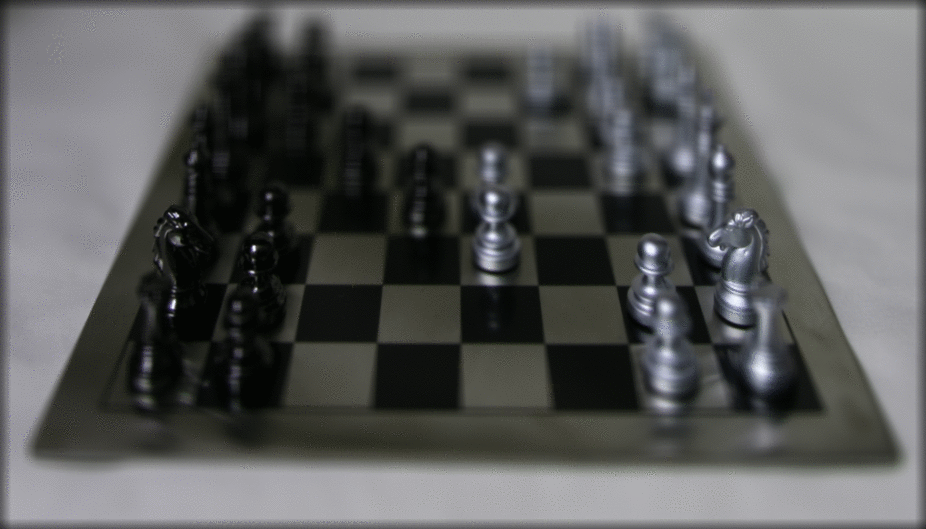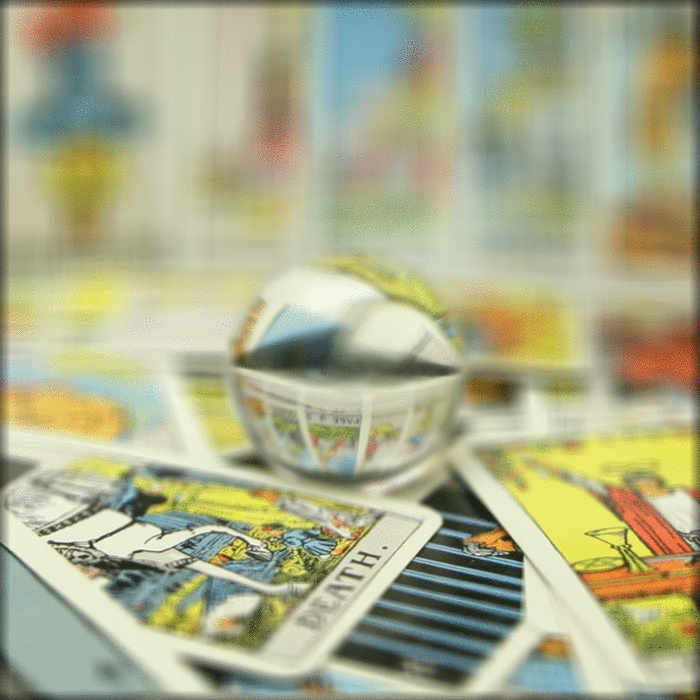Sam Zhou
CS194-26-aff
Lightfield Camera
In this project we will try to simulate the effect of changing focal distance and depth of field by combining many images taken from slightly different positions. The idea is that if these images are from a grid that is orthogonal to the optical axis, we can combine them to simulate the effect of refocusing and opening/closing our camera’s aperature.
Refocusing
In this part, we took all 289 of our images taken from one set from the Stanford Light Archive and shifted them so that they would be move towards a central point. I chose the center of the grid, position (8,8), and shifted every image some percentage alpha towards the center. After shifting, I averaged the images together which produced a single imaged focused at one point. Changing this alpha is what changes the position of the focal point. Here are two gifs which sweep through a few focal points to demonstrate this effect.


Changing Aperature
In this part, we took the same sets of images and averaged some sub set of them together. We always took the center image, at (8,8), and included sequentially larger rings around this center point. For each sub set, we averaged together all the images without doing any shift. This resulted in a effect which looks like opening and closing the aperature. When the sub set had more rings included, it had the same effect as having a wider aperature. With only the center image, it was similar to having a narrow aperature. here are two gifs which sweep through all the subsets and show the difference in depth of field.

